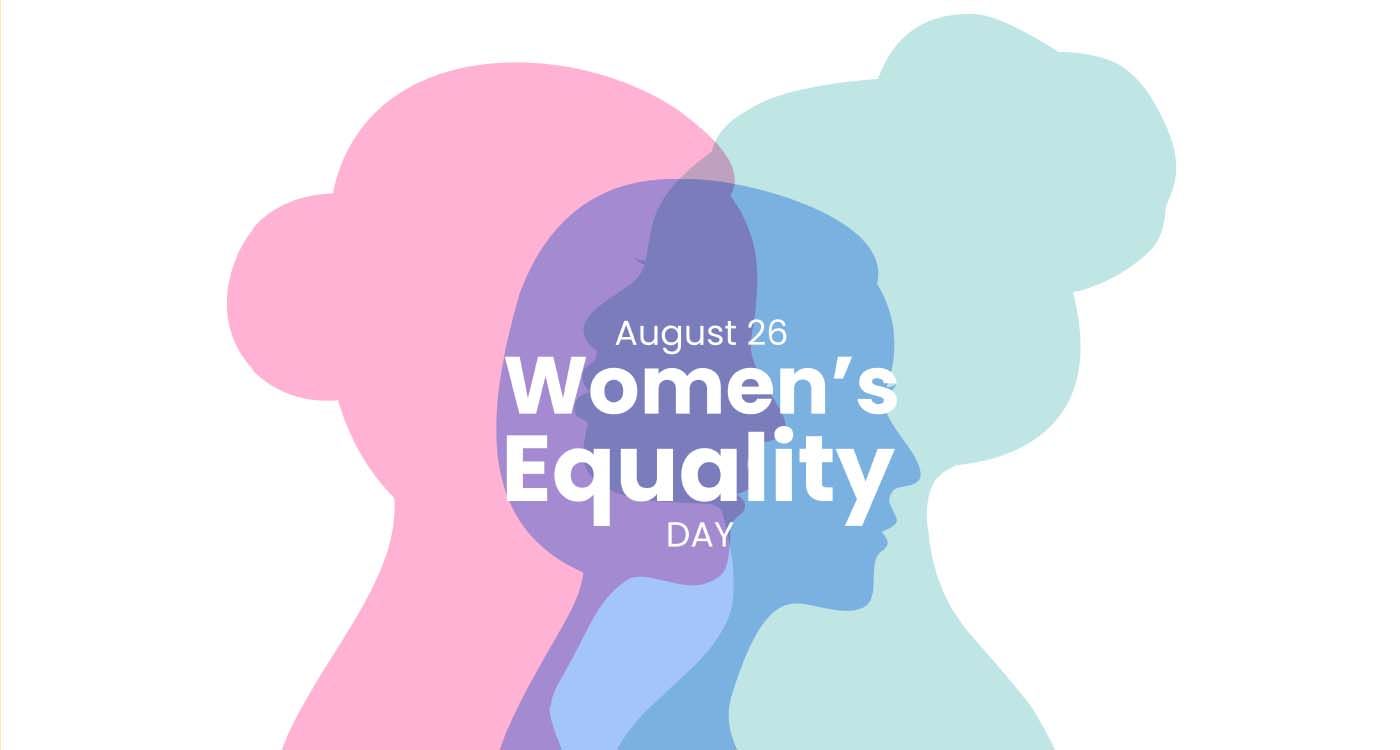
Every August 26, the United States observes Women’s Equality Day, a reminder of the voting rights granted to women in 1920. Yet the fight for equality continues, carried forward through culture: film, literature and the visual arts keep women’s struggles alive.
August 26 is not an ordinary day in the United States. It is Women’s Equality Day, a moment to remember the victory of women’s suffrage and to reflect on the progress that remains to be made. Established in 1973, this date commemorates the ratification of the 19th Amendment in 1920, a milestone that secured the right to vote for women. A century later, debates over real equality have never been more pressing. This is where culture takes the stage. Through cinema, literature, theater and visual arts, women’s battles find new resonance, living memory and stronger voices.
From stage to screen, culture does more than mirror the fight for equality. It inspires it, carries it forward and challenges it. Every year, museums, libraries, universities and community groups host exhibitions, screenings, readings and discussions that spotlight both leading figures of feminism and the countless women whose names are less known. From classic works to contemporary creations, Women’s Equality Day has become a point of convergence for artistic, educational and civic initiatives.
Cinema plays a central role. Documentaries, feature films and biopics about the pioneers of suffrage, together with contemporary stories on issues like pay gaps, harassment and women in leadership, keep public debate alive. Sarah Gavron’s Suffragette, Theodore Melfi’s Hidden Figures and the series Mrs. America, which revisits the battle over the Equal Rights Amendment, are just a few examples. Every August 26, arthouse theaters, streaming platforms and public broadcasters showcase these works to remind audiences that equality is never fully guaranteed.
Literature is just as vital. Novels, essays, graphic works and poetry keep the memory of these struggles alive. From Virginia Woolf to Toni Morrison, from Maya Angelou to Chimamanda Ngozi Adichie, feminist voices continue to inspire generations and open new horizons. For Women’s Equality Day, bookstores showcase women authors and stories of emancipation, while libraries host book clubs and conversations that foster dialogue and reflection.
Visual Arts and the Stage: New Frontiers of Engagement
Moreover, visual arts offer another way to explore equality. Exhibitions on key figures in American women’s history – from Sojourner Truth to Ida B. Wells, from Alice Paul to Louise Bourgeois – stand alongside contemporary installations addressing violence, discrimination and underrepresentation. Institutions like the National Museum of Women in the Arts in Washington, D.C., use this day to highlight women artists long overlooked in the history of art.
Theater also amplifies women’s voices. Activist plays, staged readings of political texts, and stories of both ordinary and famous women turn August 26 into an opportunity to highlight those often overlooked in official history. Some companies present public readings of historic speeches or letters, such as those by suffrage pioneer Susan B. Anthony, while others create performances combining dance, music and personal accounts.
Beyond major institutions, digital culture now plays a key role. Social media buzzes with dedicated hashtags, awareness campaigns, videos, podcasts and webinars around Women’s Equality Day. Public figures, activists and everyday users share stories, analyses and archival materials, inviting reflection on both the victories and setbacks of the feminist struggle. This online engagement reaches a wide audience, giving international resonance to a day that originated in the US.
The stakes are real. The numbers make it clear that equality is far from achieved: in the US, women earn on average 82 cents for every dollar earned by men, remain underrepresented in politics and top economic positions, and continue to face gender-specific violence. This is why culture, by recalling past struggles and imagining different futures, remains a powerful tool for change.
Today, across the US and beyond, initiatives are multiplying: film festivals, open-house events, debates, exhibitions and digital campaigns. Each year, the memory of women’s struggles becomes more firmly woven into the living fabric of society. Culture reminds us that equality is neither a destination nor a given, but a movement to be pursued together, without pause.
